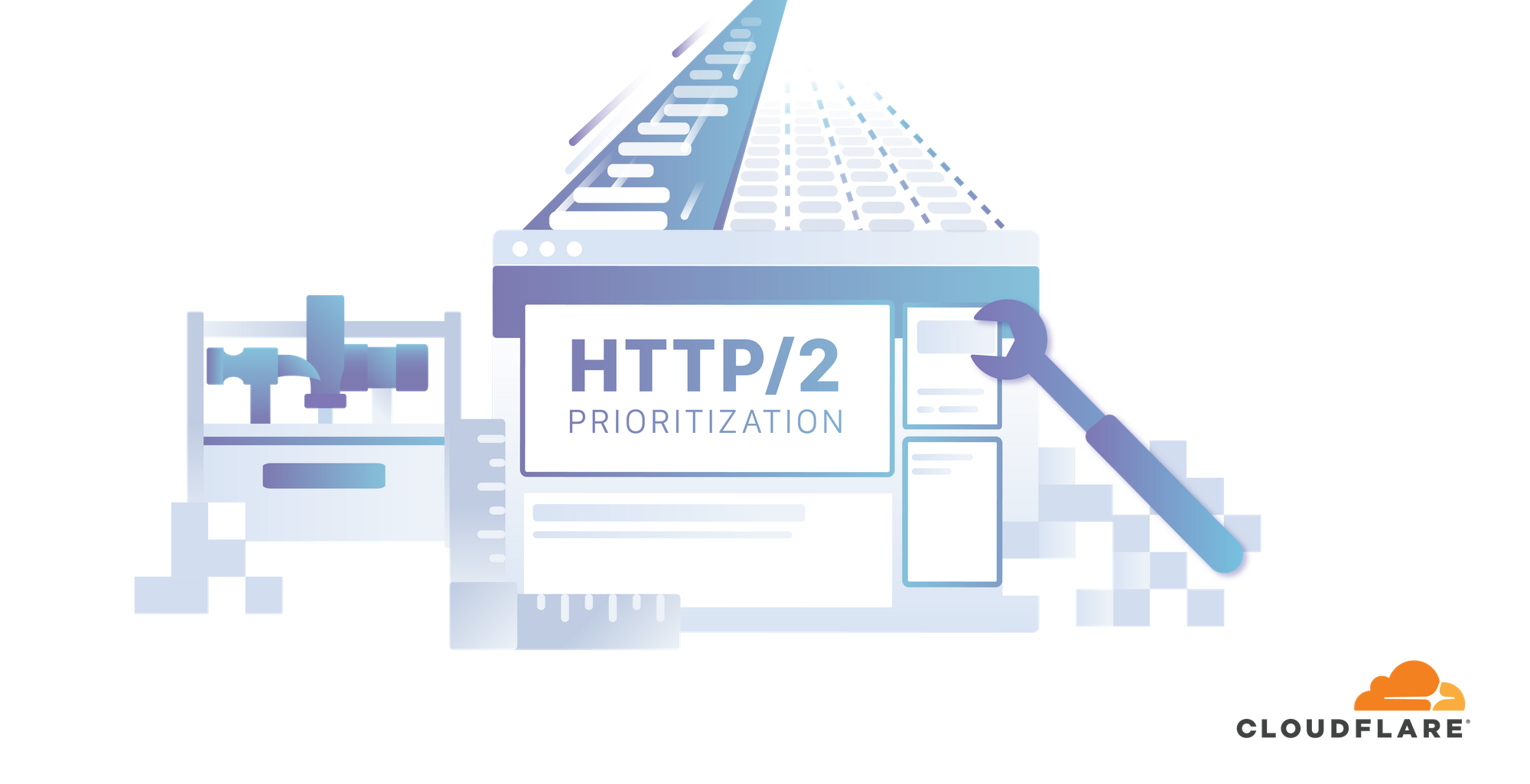Siemens Taps Chronicle Backstory for Managed Security Service
 While Google’s analytics cred is well established, Chronicle is an interesting choice because...
While Google’s analytics cred is well established, Chronicle is an interesting choice because...
 While Google’s analytics cred is well established, Chronicle is an interesting choice because...
While Google’s analytics cred is well established, Chronicle is an interesting choice because...
 Pivotal's Dormain Drewitz explained that tech companies need to prioritize the level of risk in...
Pivotal's Dormain Drewitz explained that tech companies need to prioritize the level of risk in...
 A top Huawei executive has been accused of intellectual property theft and a growing number of...
A top Huawei executive has been accused of intellectual property theft and a growing number of...
 By leveraging Riverbed SD-WAN, the Negros Women for Tomorrow Foundation has been able to scale its...
By leveraging Riverbed SD-WAN, the Negros Women for Tomorrow Foundation has been able to scale its...
 The platform’s pull-based, declarative deployment mechanism allows it to scale to tens of...
The platform’s pull-based, declarative deployment mechanism allows it to scale to tens of...
Today's Datanauts podcast was recorded live at Google Next 19. Greg Ferro, Packet Pushers cofounder, comandeers the Datanauts bridge for a roundtable conversation with three IT pros on a variety of topics, including chaos engineering, business intelligence, cloud migration, and more.
The post Datanauts 165: IT Roundtable – Chaos Engineering And More From Google Next 19 appeared first on Packet Pushers.
This blog post was initially sent to subscribers of my SDN and Network Automation mailing list. Subscribe here.
Remember the “every device configuration is really an expression of our intent” discussion? Forgetting the wrong level of abstraction (we mostly don’t want to deal with all the idiosyncratic stuff network devices want to see in their configurations) and box-oriented thinking caused by device-level intent for the moment, let’s focus on another aspect: how hard is it to manage your intent?
Read more ... With 1,600+ participants, the 21st edition of MPLS SDN NFV World reached the record attendance of...
With 1,600+ participants, the 21st edition of MPLS SDN NFV World reached the record attendance of...
We’ve talked a lot about how Docker Enterprise supports and simplifies Kubernetes. But how are organizations actually running Kubernetes on Docker Enterprise? What have they learned from their experiences?

Here are three of their stories:
When you visit the doctor’s office or hospital, there’s a very good chance McKesson’s solutions and systems are helping make quality healthcare possible. The company ranks number 6 in the Fortune 100 with $208 billion in revenue, and provides information systems, medical equipment and supplies to healthcare providers.
The technology team built the McKesson Kubernetes Platform (MKP) on Docker Enterprise to give its developers a consistent ecosystem to build, share and run software in a secure and resilient fashion. The multi-tenant, multi-cloud platform runs across Microsoft Azure, Google Cloud Platform and on-premise systems supporting several use cases:
You may have noticed already but HCI has been on our minds lately. We’ve talked about it in-depth in our recent white paper and JR Rivers, Cumulus Networks co-founder & CTO, has shared more about it in relation to a network of pods in his on-demand webinar. JR will share more about his take in an upcoming Kernel of Truth podcast episode but in the meantime, we’ll get Naveen Chhabra’s, a senior industry analyst at Forrester, opinion on the future of HCI.
We sat down with him recently to discuss this and here’s what he had to say.
Let’s look at the major transformational projects the organizations globally are working on. One project that spans all organizations, verticals, and geographies is digital transformation. IT leaders upgrade or acquire new technologies to support these projects. One pertinent issue across a large percentage of projects is that these are still focused on technology silos.
Specific to HCI, organizations have successfully collapsed the compute and storage silo. Network infrastructure is still not integrated to the extent that it could and should be. Firms have the capability, via HCI, Continue reading


My team: the Cloudflare PROTOCOLS team is responsible for termination of HTTP traffic at the edge of the Cloudflare network. We deal with features related to: TCP, QUIC, TLS and Secure Certificate management, HTTP/1 and HTTP/2. Over Q1, we were responsible for implementing the Enhanced HTTP/2 Prioritization product that Cloudflare announced during Speed Week.
This is a very exciting project to be part of, and doubly exciting to see the results of, but during the course of the project, we had a number of interesting realisations about NGINX: the HTTP oriented server onto which Cloudflare currently deploys its software infrastructure. We quickly became certain that our Enhanced HTTP/2 Prioritization project could not achieve even moderate success if the internal workings of NGINX were not changed.
Due to these realisations we embarked upon a number of significant changes to the internal structure of NGINX in parallel to the work on the core prioritization product. This blog post describes the motivation behind the structural changes, how we approached them, and what impact they had. We also identify additional changes that we plan to add to our roadmap, which we hope will improve performance further.
Enhanced HTTP/2 Prioritization aims to do Continue reading
 For the test, Pluribus created an SDN fabric across the three edge sites with two network slices to...
For the test, Pluribus created an SDN fabric across the three edge sites with two network slices to...
Jordan, Eyvonne, and I sit down for a conversation that begins with meetings, and ends with talking about software defined everything (including meetings??).
Outro Music:
Danger Storm Kevin MacLeod (incompetech.com)
Licensed under Creative Commons: By Attribution 3.0 License
http://creativecommons.org/licenses/by/3.0/
 The company’s virtual SD-WAN application will run on top of ECI’s uCPE or third-party uCPEs and...
The company’s virtual SD-WAN application will run on top of ECI’s uCPE or third-party uCPEs and...